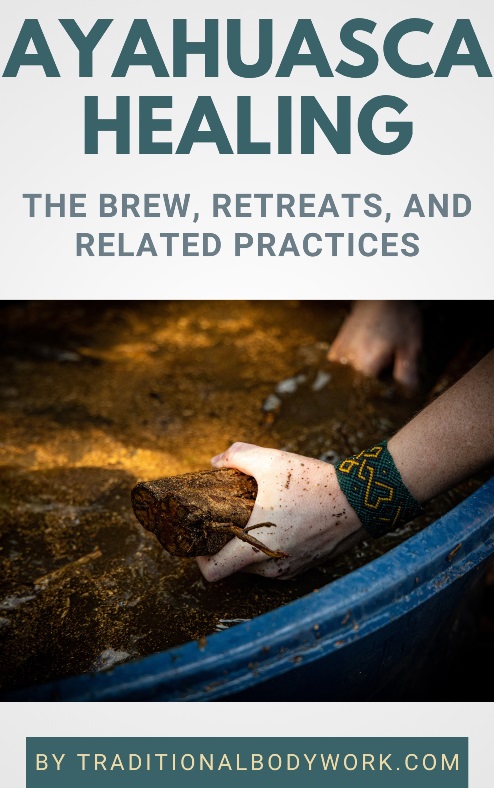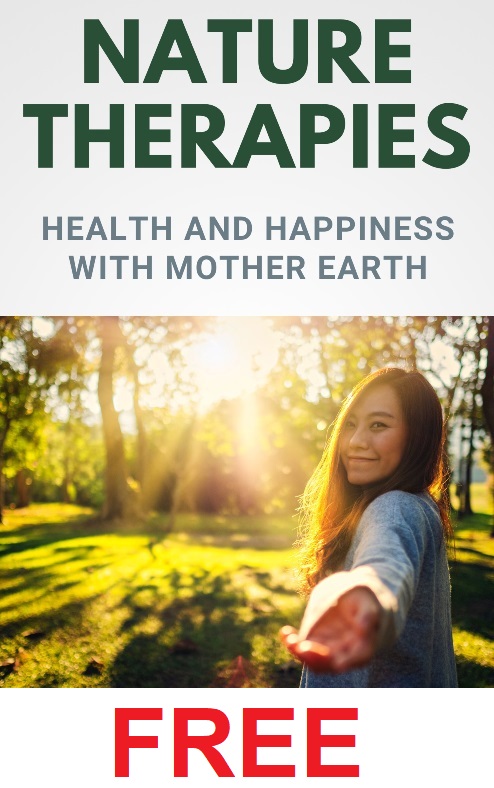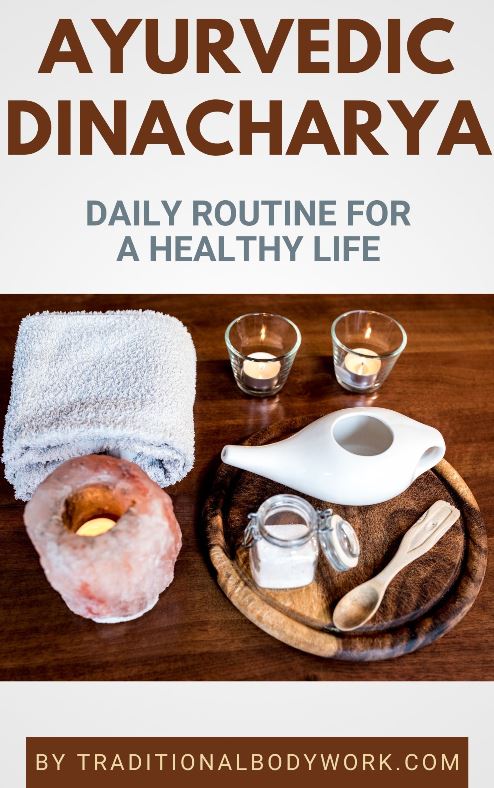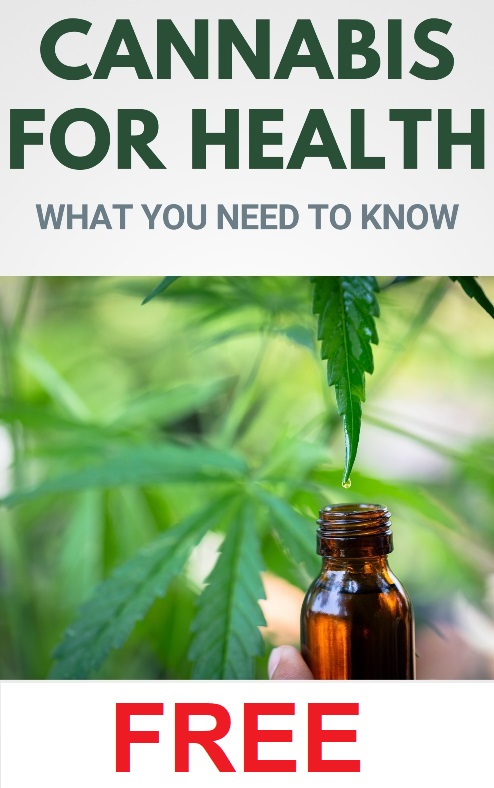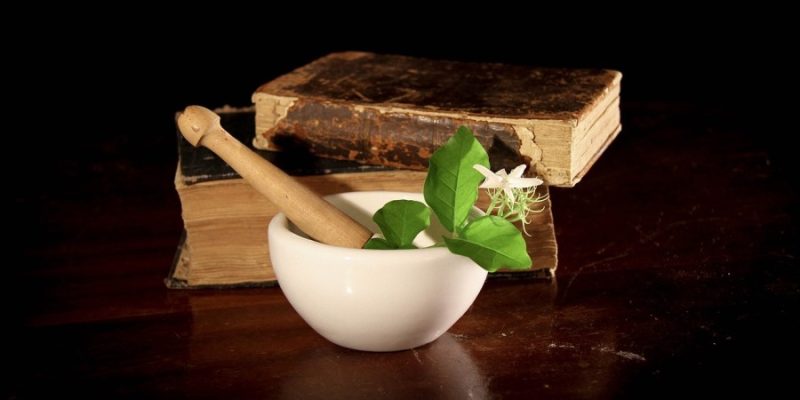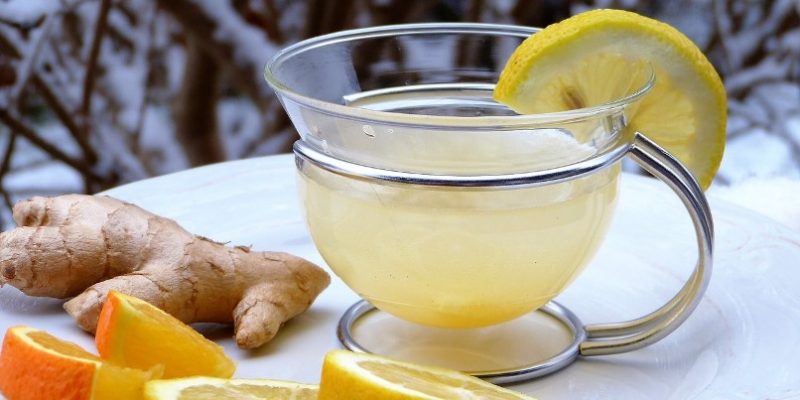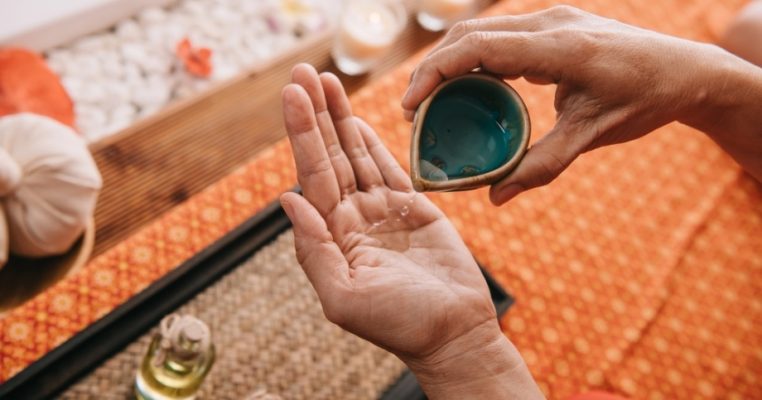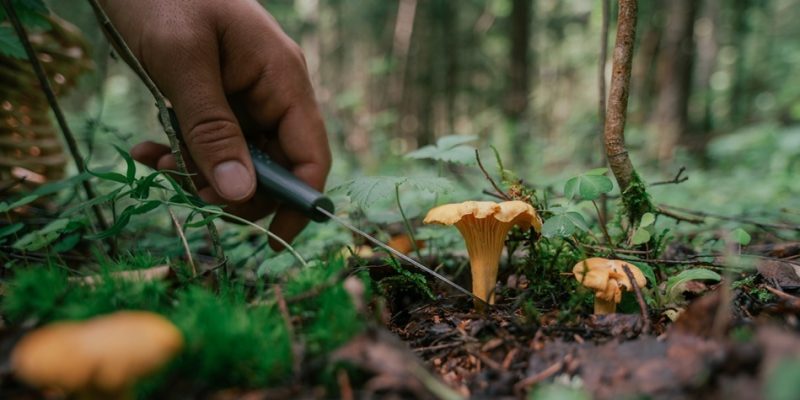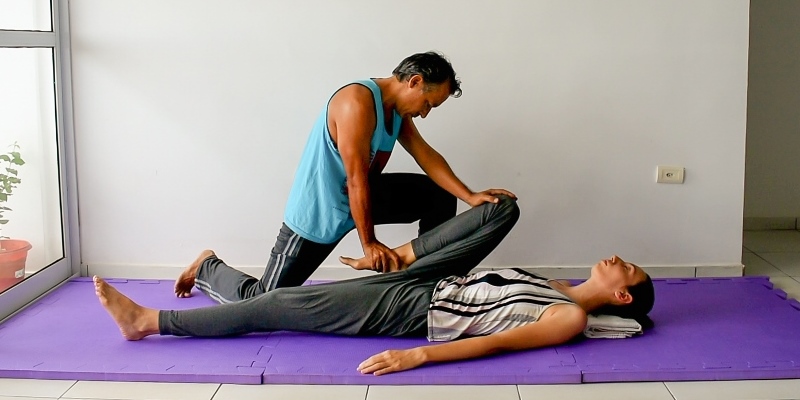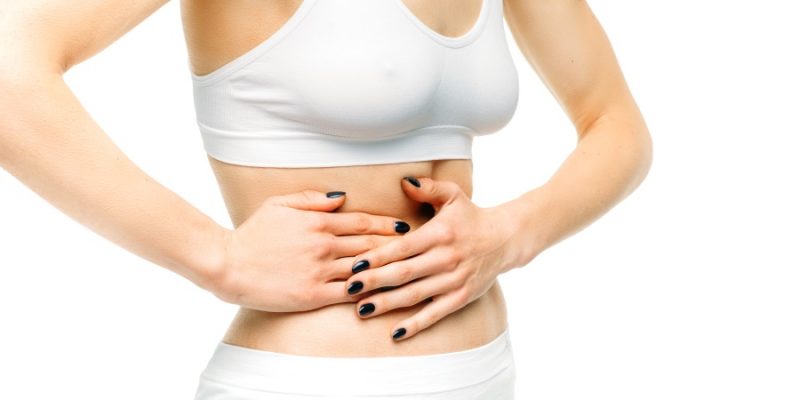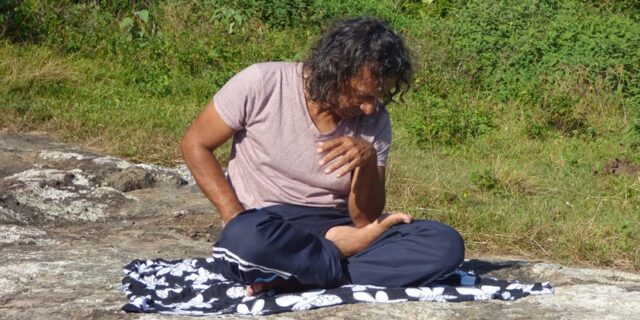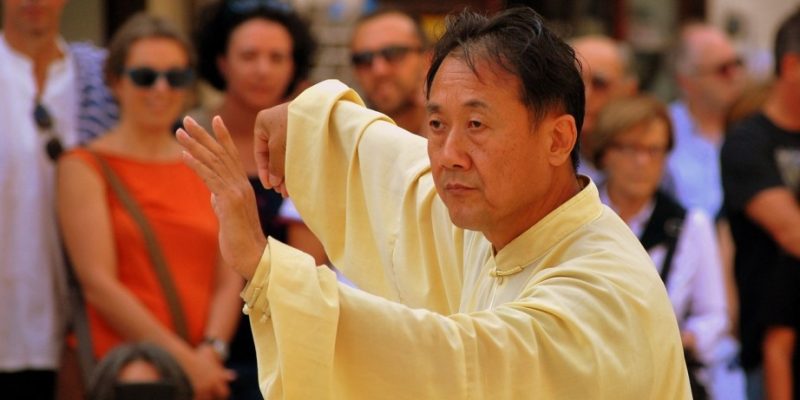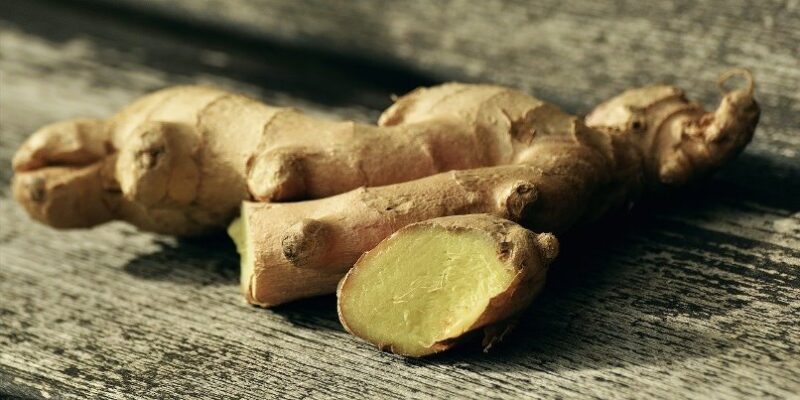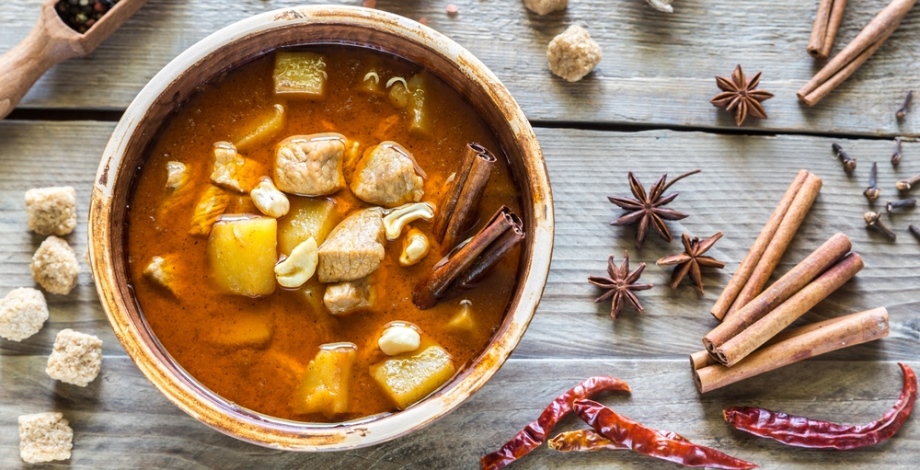
The practice of Kayanamai (also known as Gayanamai or Kayanamaya) is part of Thai Dhammanamai and is concerned with keeping the body healthy. Kayanamai is a concatenation of the two words Kaya (meaning “body” in Pali and Sanskrit) and Anamai or Anamaya (meaning “healthy”).
According to Traditional Thai Medicine (TTM) theory, the human body starts its decline after the age of thirty-two. Hence, in order to stay healthy for as long as possible and prevent diseases, Kayanamai is about taking care of the body by doing regular physical exercise and eating right.
Physical Exercise
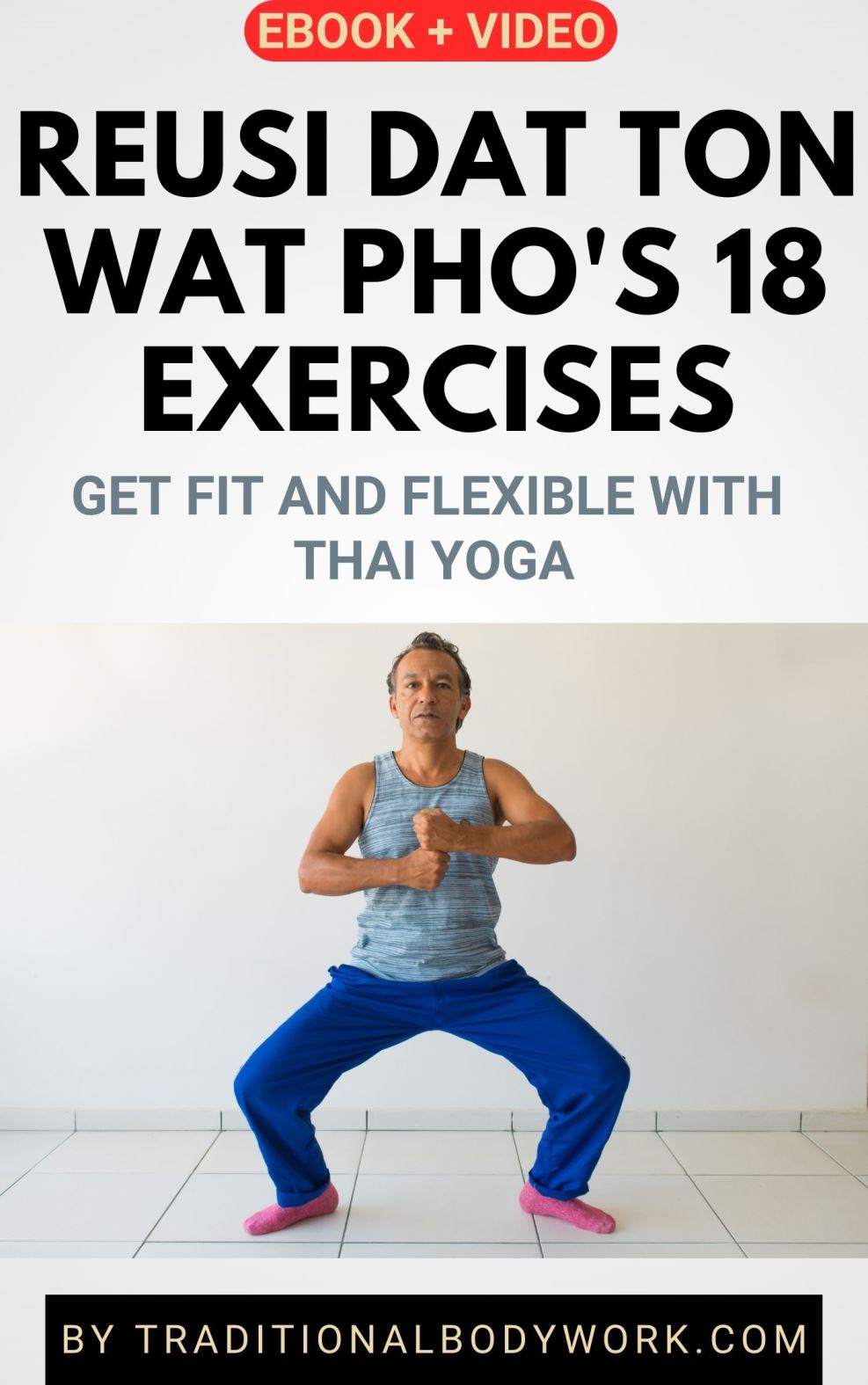
In practice, all types of physical exercise are recommended, such as walking and swimming, but the primary type of physical exercise suggested within Kayanamai is Reusi Dat Ton.
Reusi Dat Ton, also called Thai Traditional Yoga, is a practice that predominantly consists of breathing, self-stretching, and self-massage exercises, which can be adapted to all ages. It’s thought that daily exercise with Reusi Dat Ton enables people to maintain their physical health and fitness, while it can also cure minor illnesses and discomforts.
In Thailand, you’ll find several basic Reusi Dat Ton exercise sets that are suitable for the general public. The most used are the Wat Pho 18 Ascetic Self-Stretching Exercises (from the Watpho Thai Traditional Medical & Massage School) and the 15 ITTM Contorted Hermit Exercises (from ITTM, the Institute of Thai Traditional Medicine).
Another exercise promoted in relation to Dhammanamai is the Step-by-Step Dance Chart, which is actually a recently developed TTM exercise technique.
It consists of a grid drawn on the floor consisting of 9 squares (3 X 3). The idea is to continuously step through the different squares in several patterns (which can be done with music accompanying you).

One needs to step through the grid stepping on about 120 to130 squares per minute (not looking at the grid and not stepping on the grid lines), for about 7 to 8 minutes, which raises our heartbeat up to 160 times per minute, burns fat and calories, and induces sweating (detox).
Thus, this is a so-called cardio exercise that stimulates one’s blood and lymph circulation and gives necessary movement to the joints and muscles. It’s an easy to do exercise that can be done several times on a daily basis, anywhere and anytime, and in addition to training the body it’s also a training of concentration and focus of the mind.
Diet & Nutrition
The aspect of diet and nutrition in Kayanamai is about consuming suitable foods, drinks, and appropriate herbal preparations.
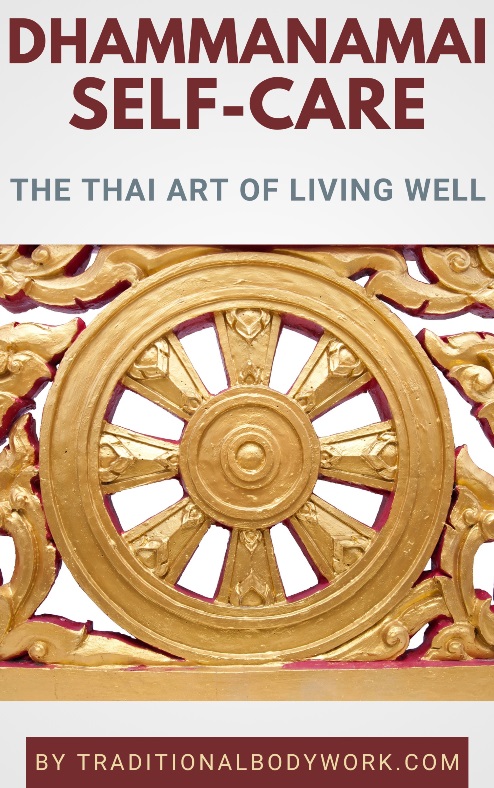
According to TTM principles, it’s advised to eat food, especially indigenous nutritious fruits and vegetables, that is compatible with one’s own Dominant Body Element (Tard-Chao-Ruan), and to consume traditional herbal medicines or food and drinks that can correct imbalances of the Four Body Elements to maintain good health or to fight disease and discomforts.
It’s thought that changes in the weather or in the External Four Elements during different seasons can adversely affect the balance of the Four Body Elements and subsequently one’s health. Medicinal plants, vegetables and fruits with different tastes, possessing different health benefits as well as affecting the Body Elements differently, are therefore suitable to consume according to one’s Dominant Body Elements and the seasonal influences.
For example, vegetables and fruits that help reduce body heat during summer are those with a bitter or cool and bland taste. Think, for instance, of bitter melon, bitter cucumber, watermelon, morning glory tips, pumpkin, sweet potato, okra, eggplant, horseradish-tree pods, and Chinese chives.
On the contrary, spicy or greasy food is not suitable during summer because it will be increase the Fire Element in the body and generate more heat. In addition, vegetables and fruits that are used as spices are thought to be suitable for the rainy season and the dry season.
If you’re interested to know more about Thai Dhammanamai Self-Care practices, you may check out our article What Is Dhammanamai?

